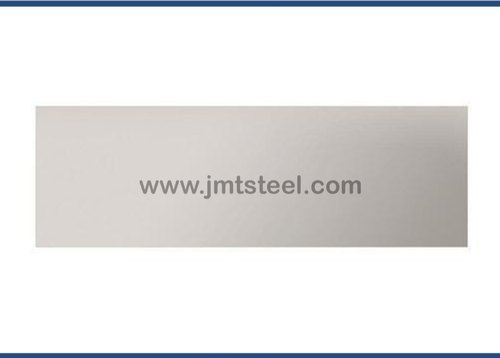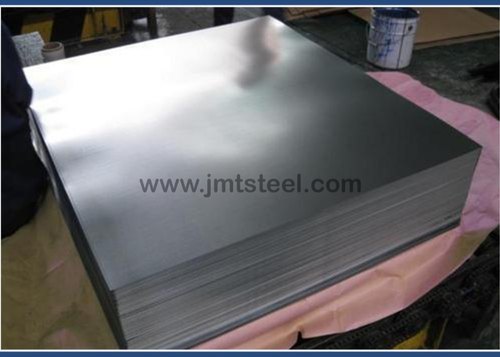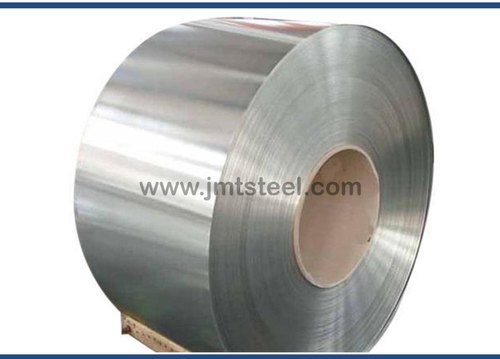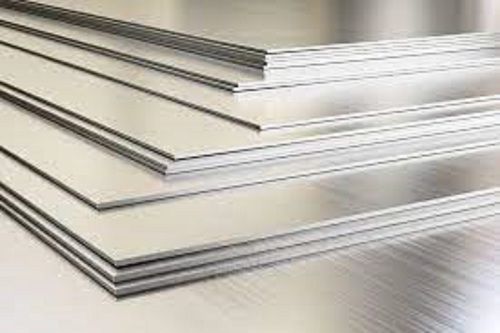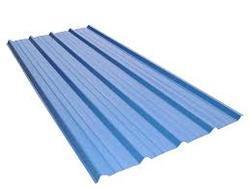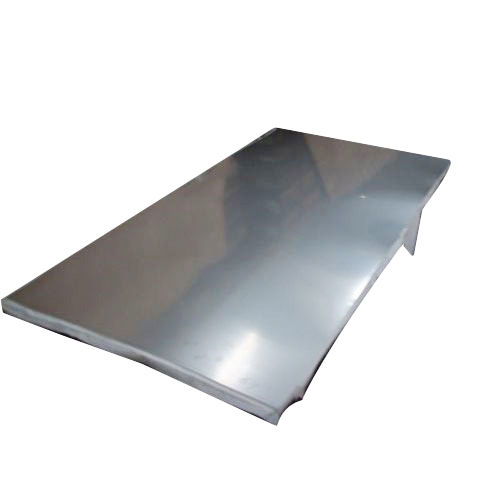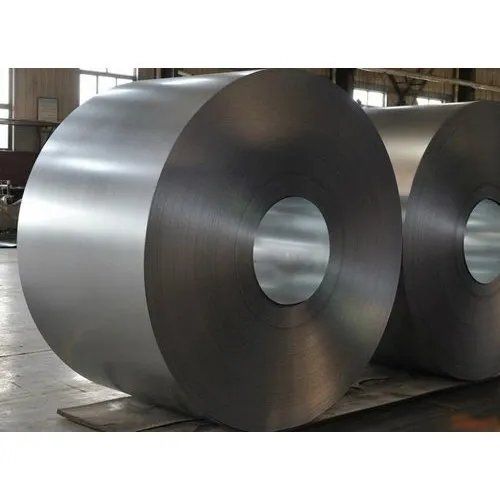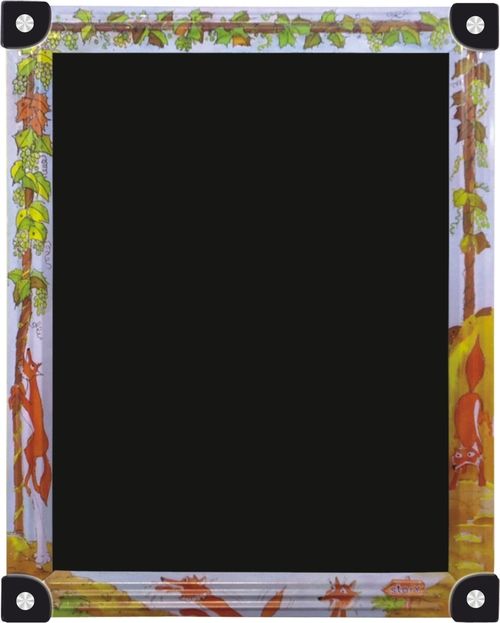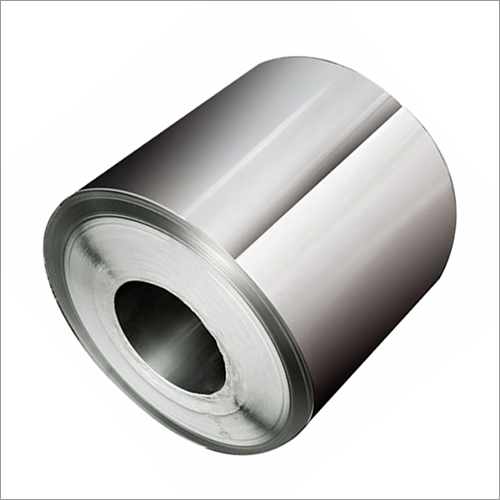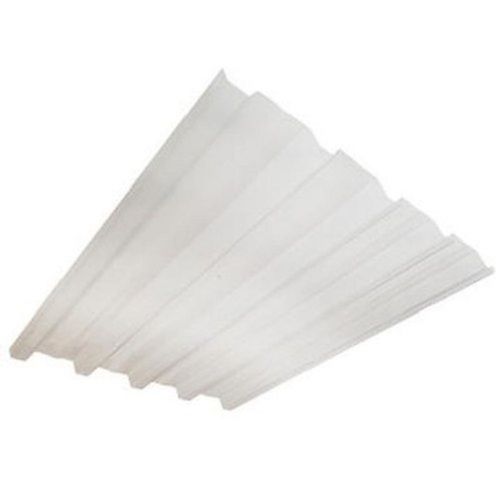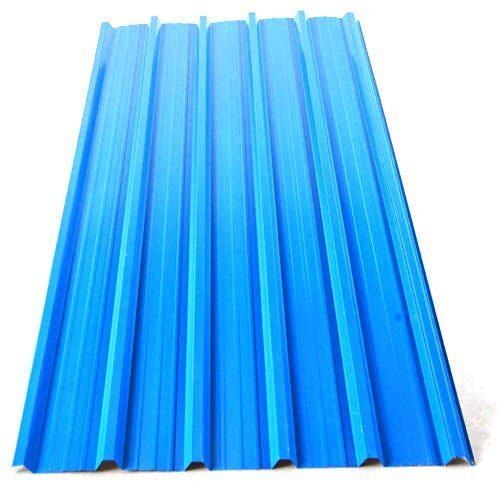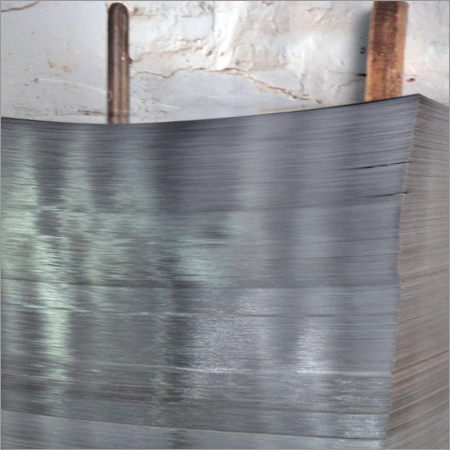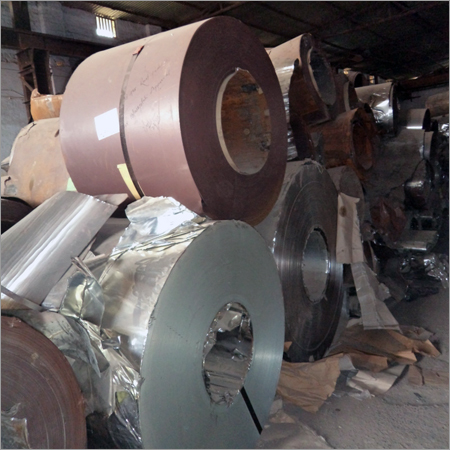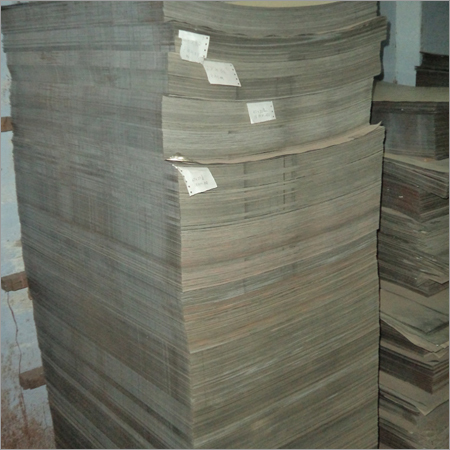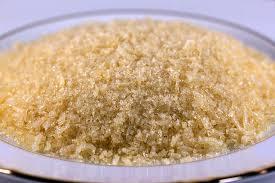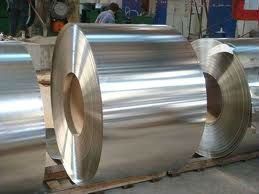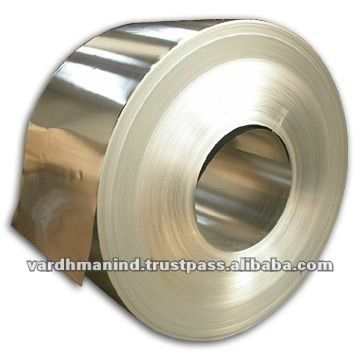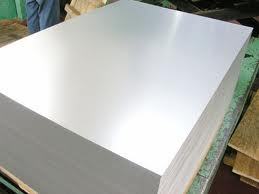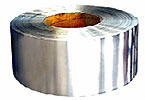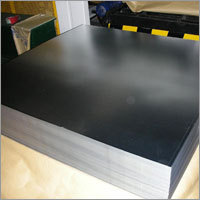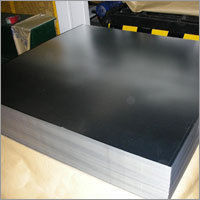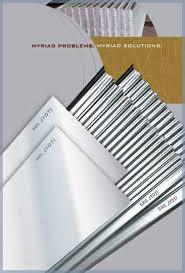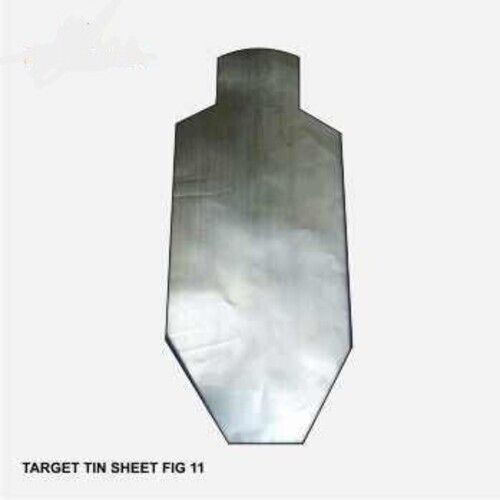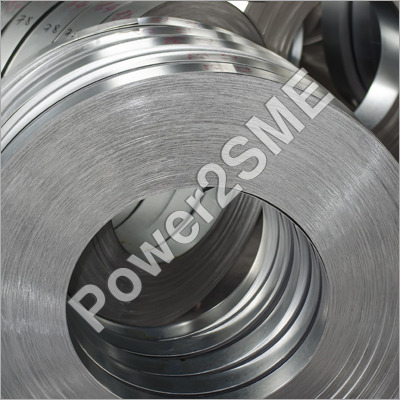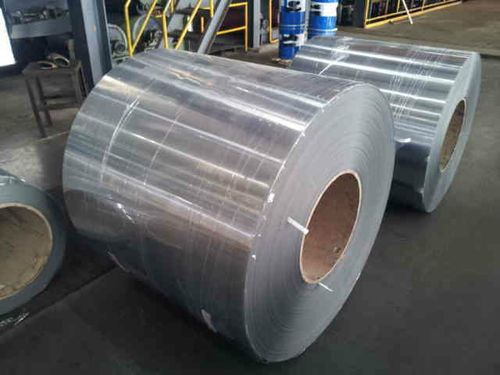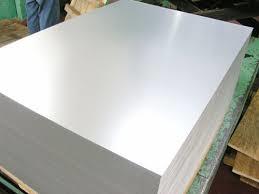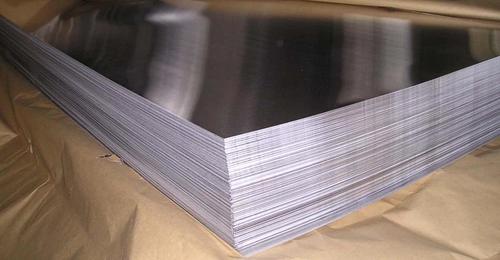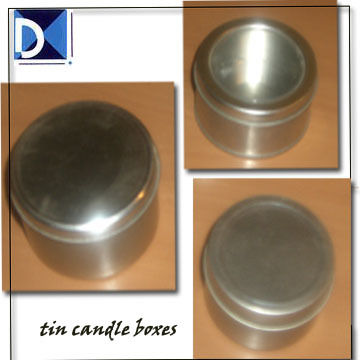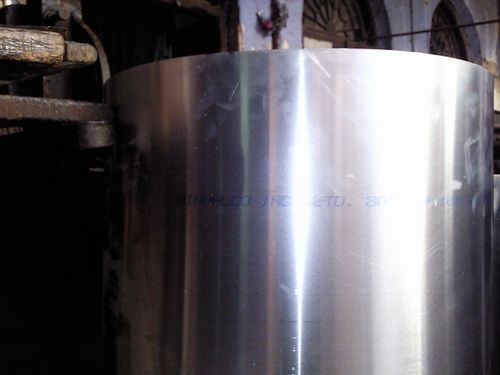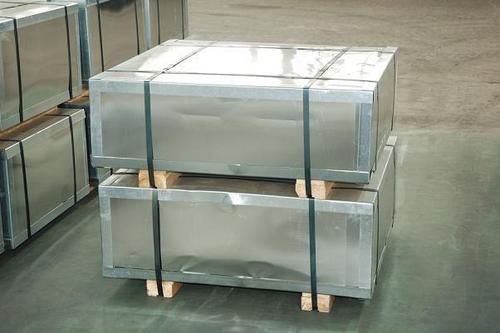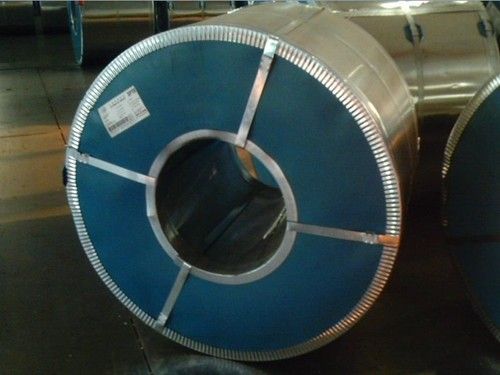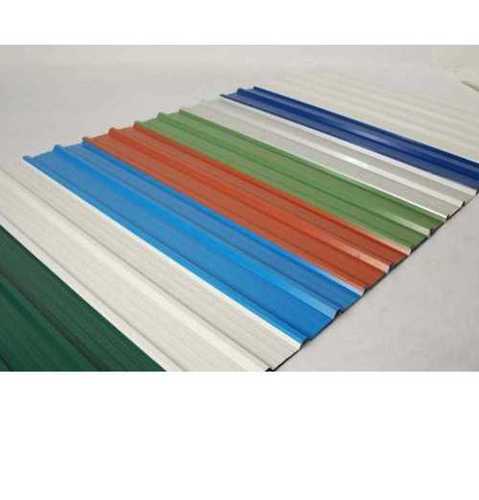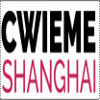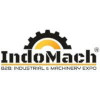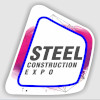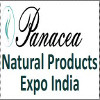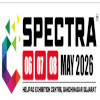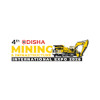Tin Sheet
(107 products)JSW Steel Tin Sheet - Stainless Steel, Multiple Grades Available , Polished Silver Finish
MOQ100 Kilograms/Kilograms
Steel TypeStainless Steel
GradeMultiple Grades Available
Steel StandardAISI
SurfacePolished
ColorSilver
Jsw Steel Coated Products Limited
Vashind
 Trusted Seller
Trusted Seller Super Premium
Super Premium1 Years
Tin Sheets - Steel, 100mm to 5000mm Length, 6mm to 1250mm Width, 0.14mm to 0.60mm Thickness | Excellent Lustre, Weldability, Corrosion Resistance, Paint Adhesion
Price: 210 INR/Kilograms
MOQ100 Kilograms/Kilograms
UsageAutomobile Industry, Sheet Metal Manufacturers, Pipes & Tubes, Industrial & Engineering Parts, White Good Manufactures, etc.
Width6mm To 1250mm Millimeter (mm)
MaterialSteel
Coil Thickness0.14 mm To 0.60mm Millimeter (mm)
Coil WeightAs Per Customer Requirement Kilograms (kg)
Coil Length100mm to 5000mm Millimeter (mm)
Titanium Sheet Grade 1 Ticp - Color: Silver-Gray
Price: 1250 INR/Kilograms
MOQ2000 Kilograms/Kilograms
Colorsilver-gray
Corrosion ResistantYes
Heat ResistanceYes
Product NameOther
Steel TypeTool Steel
Steel Product TypeSteel Structure
Tin Roofing Sheets
MaterialGalvanized steel
Thickness0.45 mm to 0.8 mm
Width750 mm to 1000 mm
Length2.4 m to 6 m
ColorBlue
FinishPre-painted
National Roofing Services
Mumbai
 Premium Seller
Premium Seller3 Years
View More
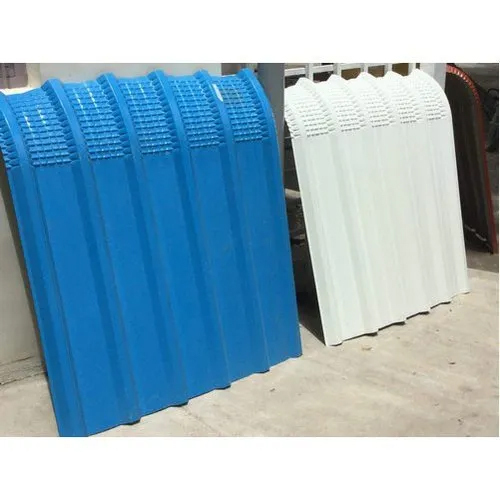
Aluminum Alloy Tin Roofing Sheets
Price : 43000 INR
Plain Tin Sheets Application: Construction
Price: 85000 INR/Metric Ton
MOQ20 Metric Ton/Metric Tons
Product NameOther, Sheets
Steel TypeMild Steel
Steel Product TypeSteel Sheets
GradeIndustrial Grade
Thickness5-10 Millimeter (mm)
SurfacePolished
View More
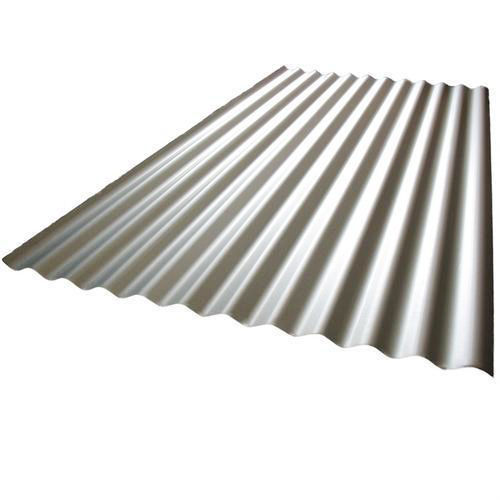
Gc Sheet Tin Sheet Application: Construction
Price : 70000 INR
Galvanized Sheet Tin Mill Black Plate Coil
Price: 85 INR/Kilograms
MOQ5 Ton/Tons
MaterialGalvanized Sheet
TypeTin plate
TechniqueCold Rolled
View More
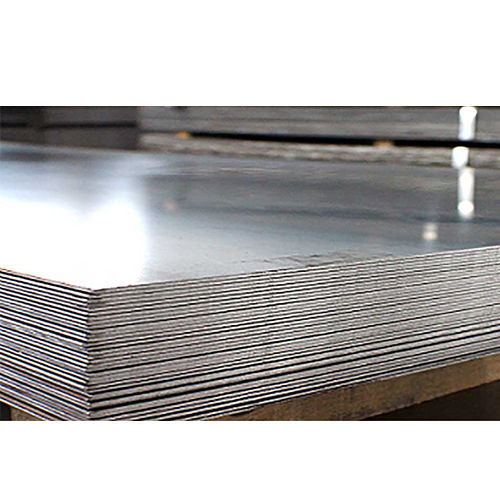
Tin Plate Sheet Application: Commercial
Price : 84.0 INR
Roofing Tin Sheets - Stainless Steel, Rectangular Size 15, Waterproof, Premium Quality, Plain Pattern, Available in Black, Red, Blue
MaterialStainless steel
Surface TreatmentGalvanised
GradePremium
ColorRed
Thickness0.45mm
Width1000mm
School Tin Slate
MaterialTin sheet
DimensionsVaried sizes
WeightLight
SurfaceSmooth
FramePrinted design
CornersReinforced
T1 T3 Tin Plate Sheet Grade: Industrial
MaterialTinplate
GradeT1 T3
Surface FinishPolished
ThicknessVariable
WidthVariable
LengthVariable
View More
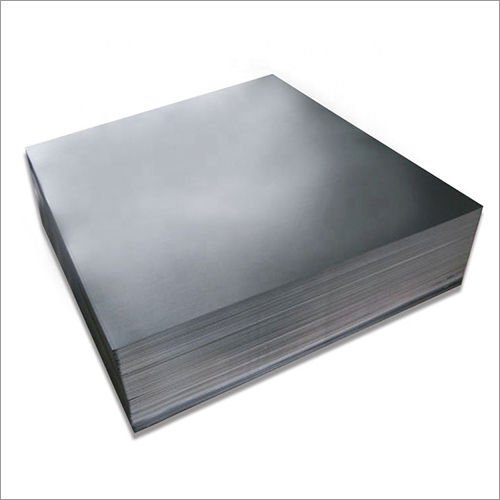
Tin Plate Sheet For Food Cans Grade: Industrial
Price : 900 USD ($)
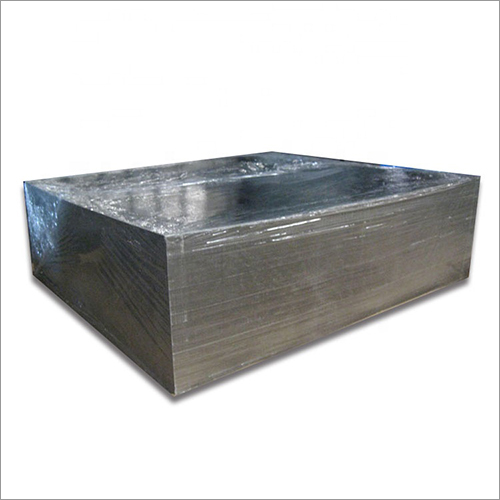
T2-T5 Misprint Tin Plate Sheet Grade: Industrial
Price : 900 USD ($)
Iron Coated Sheets - 10 ft Length, 3 ft Width | 2 mm Thickness, High Insulation, Multiple Colors, Weather-Resistant
Price: 1500 INR/Unit
MOQ200 Unit/Units
ColorComes in various colors
MaterialIron
ShapeRectangular
Length10 Foot (ft)
Width3 Foot (ft)
Thickness2 Millimeter (mm)
Tin Free Sheets
MaterialSteel
ThicknessVariable
WidthVariable
LengthVariable
Surface finishSmooth
WeightVariable
Gelatin Powder and gelatin sheets
Product DescriptionGelatin Powder and gelatin sheets
FAQs Related to Tin Sheet
Silver Stainless Steel Tin Roofing Sheet To Cover The Roof Of Your Home Or Anywhere
MaterialGalvanized steel
DimensionsCustomizable
ThicknessVariable
CoatingZinc
ProfileCorrugated
WeightPer square meter
Latona Byzantine Sheet
materialQuartz
thickness2-3 cm
water absorptionLow
densityHigh
finishPolished
hardnessDurable
Tin Sheet - 0.15-0.5 mm Thickness, 750-1500 mm Width, Bright Tin Coating | Ideal for Food, Beverage, and Pet Food Packaging
MaterialTinplate
Thickness0.15 - 0.5 mm
Width750 - 1500 mm
Length1000 - 3000 mm
CoatingTin
Surface FinishBright
Solar Roof Top And Tin Sheet
MaterialPolycrystalline silicon
Dimensions1.65m x 1m x 0.05m
Power output250W
Voltage12V
Current10A
Warranty10 years
View More
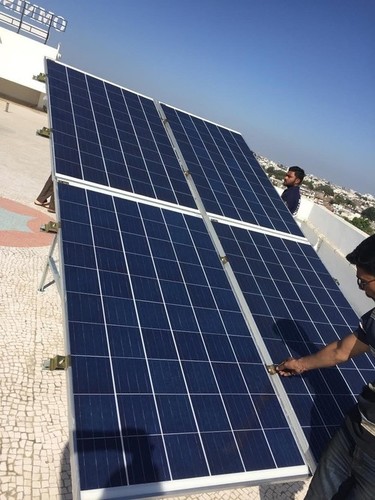
Solar Rooftop
Price : 48500 INR
Tinned Sheets
MaterialTin-plated Steel
Thickness0.25mm - 1.5mm
Width500mm - 1500mm
Length1000m - 3000m
Coating Weight10g/m² - 20g/m²
Surface FinishBright
Tinfree Sheet - Steel, 0.15-0.5 mm Thickness, 1000-1500 mm Width | Corrosion Resistant, High Strength, Excellent Paintability, Cost Effective, Durable, Versatile
MaterialSteel
Surface TreatmentElectrolytic Chromic Acid
Thickness0.15 - 0.5 mm
Width1000 - 1500 mm
Length2000 - 6000 mm
Coating Weight5 - 20 g/m2
Galvanized Profile Sheets
MaterialGalvanized steel
Thickness0.5 mm - 2.0 mm
Width1000 mm - 1200 mm
Length2000 mm - 3000 mm
Surface finishSmooth
Weight10 kg/m² - 20 kg/m²
Grey Target Tin Sheet Fig 11 For Shooting Sports
ShapeSheet
FinishPolished
ColorGrey
ApplicationFor Shooting Sports
Coils Sheet Metal Tin Rolls - Tin Plated Steel, 0.25-1.5mm Thickness, Customizable Length | Durable, Corrosion Resistant, High Impact Strength
MaterialTin alloy
ThicknessVariable
WidthVariable
LengthVariable
PackagingRolls
FeaturesHigh strength, Corrosion resistant, Durable, Uniform thickness, Versatile, Cost-effective, On-time delivery
Tin Free Steel Pvc Coated Coils
MaterialTin free steel
CoatingPVC
Thickness0.12-1.2mm
Width600-1500mm
Length500-10000m
OriginItaly
Tin Patra Sheets
MaterialTinplate
Thickness0.21-0.5mm
WidthVariable
LengthVariable
CoatingTin coated
Surface finishSmooth
Available In Multicolor Heavy Duty Tin Sheet
MaterialTin plated steel
ThicknessVarious
WidthVarious
LengthVarious
Surface finishSmooth
GaugeVarious
Tin Candle Box - Premium Quality Metal, Various Shapes and Sizes | Custom Stylish Finish for Scented Candles
MaterialTin
DimensionsVarious
FinishMetallic
ShapeRound
Lid TypeSnap-on
WeightNA
Alluminium Coils
MaterialAluminum
ThicknessVarious
WidthVarious
LengthVarious
TemperVarious
FinishMill
Tinplate Sheet - SPCC, 0.18-0.45mm Thickness, 260-975mm Width, JIS G3303 Standard | Ideal for General and Aerosol Can Manufacturing
MaterialSPCC, MR
Thickness0.18-0.45mm
Width260-975mm
Tin coating2.8/2.8, 2.8/5.6, 5.6/5.6
TemperT2-T4 (BA)
StandardJIS G3303
View More
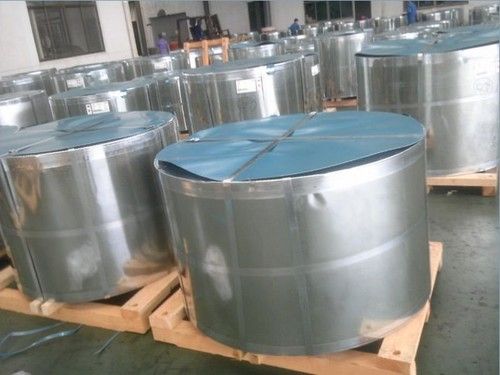
Tinplate - 0.18mm to 0.50mm Thickness | MR, SPCC Material, T2 - T4 Temper, Customizable Tin Coating
Get Best Deal
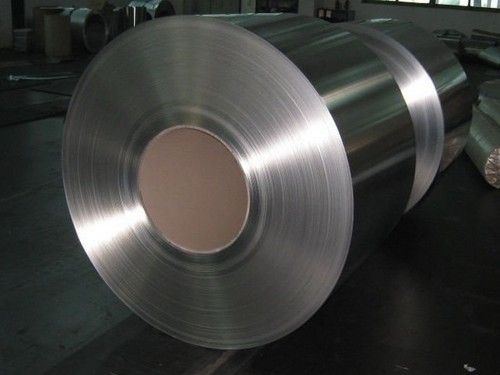
Tin Plates Coils
Get Best Deal

Tin Coils
Get Best Deal
Wrought Iron Steel Multi Color Tin Shades Fiber Shades For Roofing Length: 10 X 10 Foot (Ft)
MaterialSteel sheet
DimensionsVaried
CoatingZinc, Aluminum, Silicon
ColorBlue
Thickness0.5mm
Weight10kg/m2
What are tin sheets called?
A tin sheet is also called a tinplate. Tinplate is an anti-rust material made of steel sheets coated on one side with a thin coating of tin. Wrought iron was used as the backing metal until the introduction of less expensive milled steel.
Uses & Benefits of tin sheets
Types of tin sheets
1. Stainless Steel
Things to Consider Before Buying a tin sheets
1. Get TIS-approved metal sheets.
- Thicknesses between 0.23 and 0.28 millimeters are ideal for short-term roofing applications.
- Thinner roofing and walling projects (purlin spacing no more than 1.2 meters) are ideal for this thickness range, including houses, additions, garages, and awnings.
- Medium thickness roofing and general walling projects, such as those found in small or medium-sized companies, benefit from a thickness of 0.35 to 0.40 mm.
- Roofing projects with a thickness between 0.40 and 0.47 mm, such as moderately sized manufacturing facilities or office buildings, benefit the most from this range.
Tin Sheet Price List
This Data was Last Updated on 2025-12-24
Tin Sheet Manufacturers | Suppliers in India
Company Name | Member Since |
|---|---|
Jmt Steel-doshi Steel Group Mumbai, India | 12 Years |
Steel Overseas Jaipur, India | 8 Years |
Metal Vision Mumbai, India | 5 Years |
National Roofing Services Mumbai, India | 3 Years |
Indo Global Steel Mumbai, India | 2 Years |
Sonaar Infratech Private Limited Kashipur, India | 2 Years |
Jsw Steel Coated Products Limited Vashind, India | 1 Years |
Upcoming Tradeshows
CWIEME Shanghai 2026
Wed, 24 Jun, 2026 - Fri, 26 Jun, 2026
INDOMACH Jamshedpur 2026
Thu, 05 Feb, 2026 - Sun, 08 Feb, 2026
Asia Photonics Expo (APE 2026)
Wed, 04 Feb, 2026 - Fri, 06 Feb, 2026
IFF - India Fashion Forum 2026
Wed, 28 Jan, 2026 - Thu, 29 Jan, 2026
Plastic Packaging Printing Expo (P3) 2026
Fri, 10 Apr, 2026 - Mon, 13 Apr, 2026
STEEL CONSTRUCTION EXPO 2026
Thu, 26 Feb, 2026 - Sat, 28 Feb, 2026
Panacea - Natural Products Expo India 2026
Fri, 06 Mar, 2026 - Sun, 08 Mar, 2026
India Boat & Marine Show 2026
Thu, 29 Jan, 2026 - Sat, 31 Jan, 2026
Spectra Expo 2026
Wed, 06 May, 2026 - Fri, 08 May, 2026
Odisha Mining & Infrastructure International Expo 2026
Thu, 08 Jan, 2026 - Sun, 11 Jan, 2026
Popular Categories



